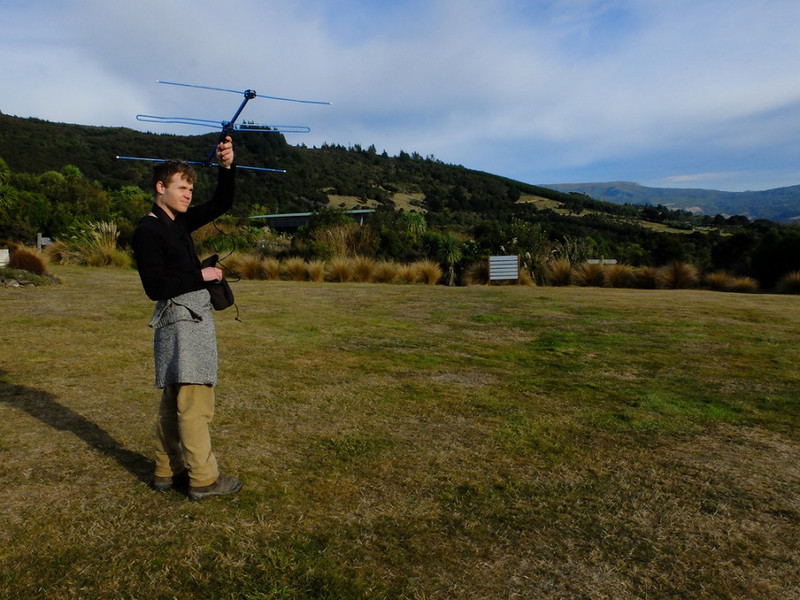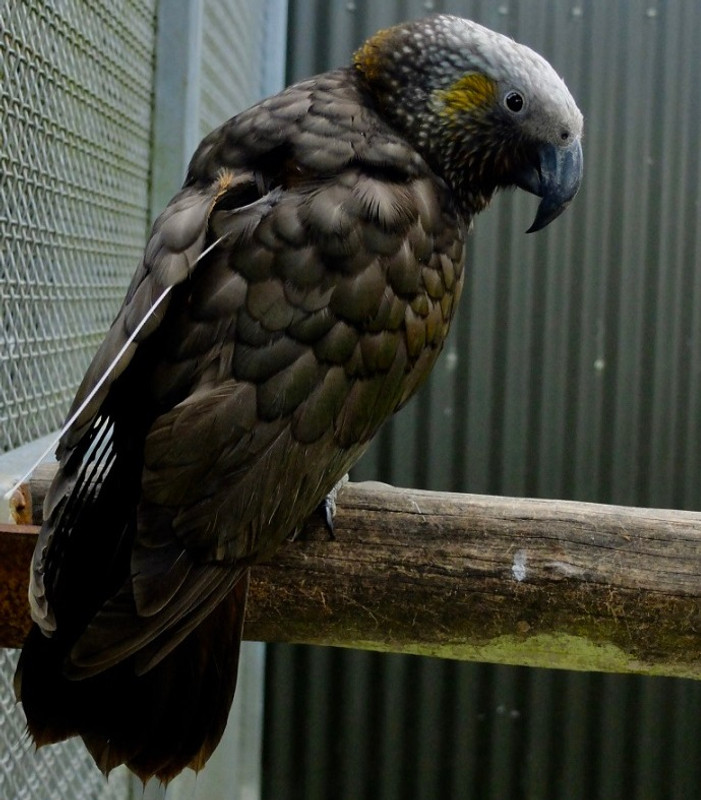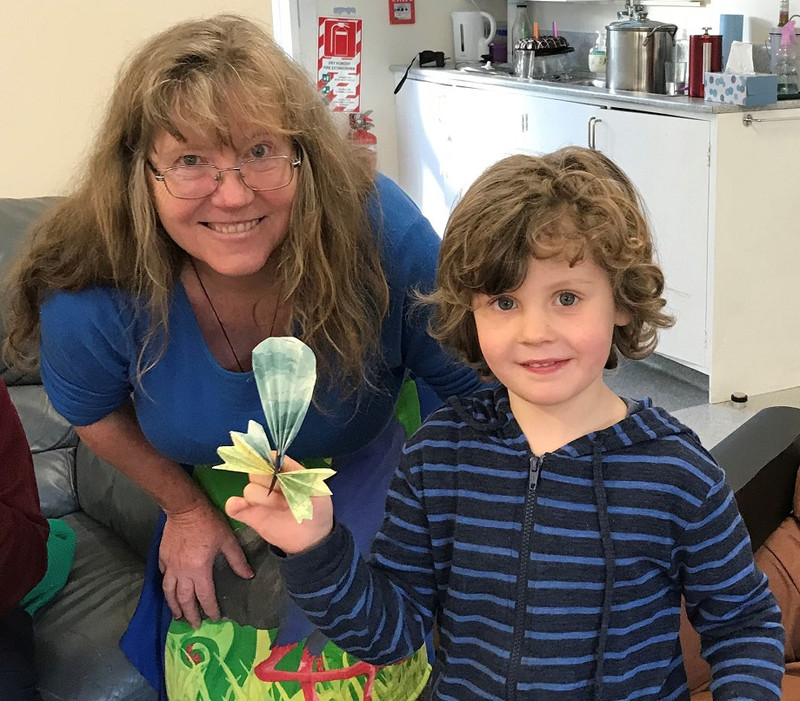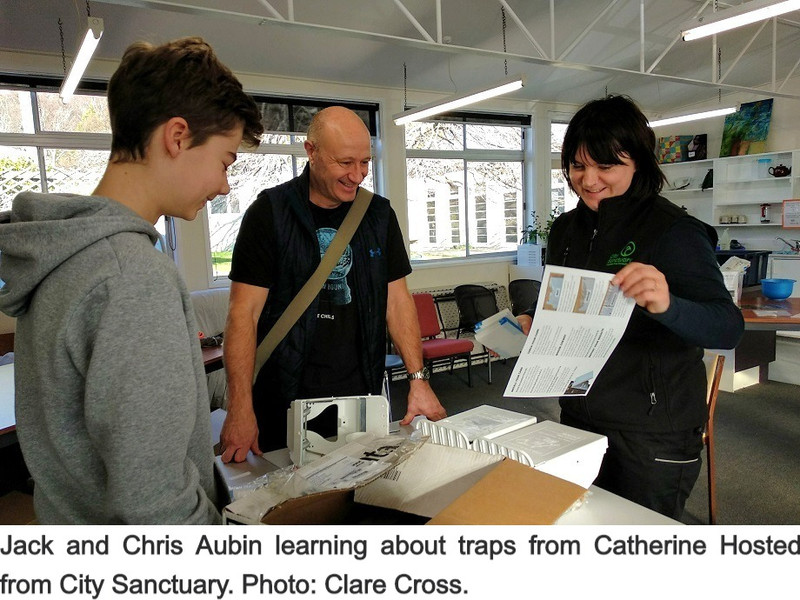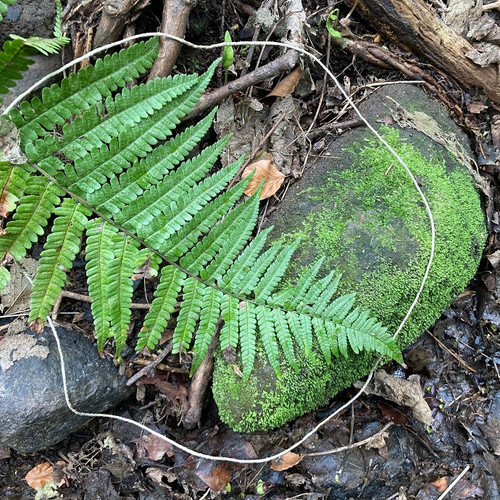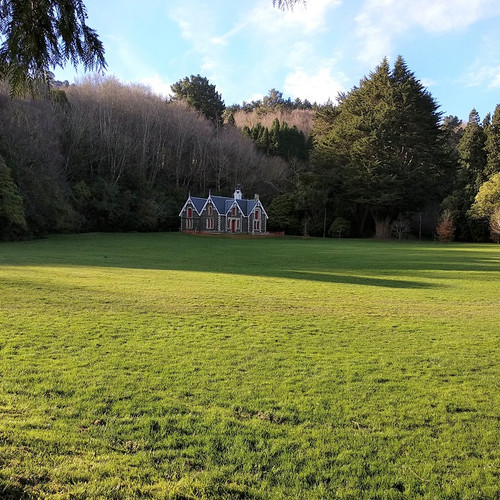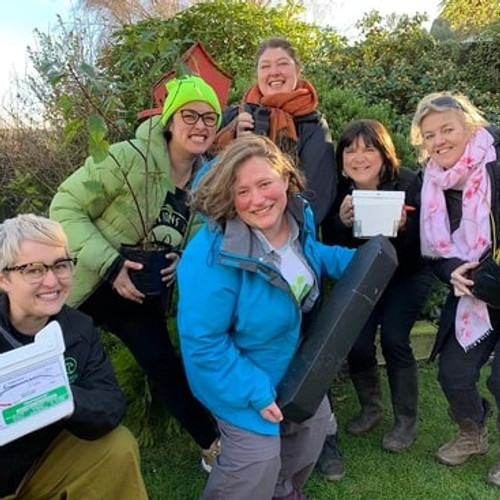Curious kākā and how to find them
Keen to learn more about our curious kākā? Read below about Scott Forrest's research into the movements of kākā outside the Orokonui Ecosanctuary fence and the project, kei hea ngā kākā (Where are the kākā) lead by Taylor Davies-Colley!
Operation Kākā Repopulation
As part of my Master’s research at the University of Otago, I will be tracking the movements of a subset of the Orokonui kākā population. Our wonderful ecosanctuary at Orokonui is great at keeping mammals out, but not so good at keeping kākā in! So to provide the best support for them on the outside, we need to know where they are going.
Animal tracking can be a very useful way of answering many different questions: what types
of habitat they are using, what trees they are nesting in, what times of the day and the year they are most active, and where they are interacting with us (e.g. backyards). I will be using a combination of different tracking methods – Very High Frequency (VHF) tags, otherwise called ‘radio’ tags (this is because they send out pulses of radiowaves), Global Positioning System (GPS) tags (these connect to satellites and can pinpoint the location of a kākā in just a few seconds), and you can help too (citizen science).
- Scott Forest (Kākā researcher)
A big part of keeping kākā safe will be working with landowners to gather information and create safe spaces for these birds. We are soon launching a new project called kei hea ngā kākā (Where are the kākā). With this project we will be sharing a new kākā database to record observations as well as information on how you can make your property safer and more attractive to kākā. Keep an eye out over the coming weeks to learn how you can be involved.
- Taylor Davies-Colley (Kei hea ngā kākā, Project leader)
Taylor is also one of the wonderful educators at Orokonui Ecosanctuary and has some more information about Kākā in this film!
Tremendous turnout for trapping workshops
“Happy Birthday to you!” rang out above the crashing and banging of hammers at the Saturday trapping workshops last month at the Valley Project. Walt, who turned five that very day decided to build a rat trap box as his birthday activity. Walt and his family, along with the many others that joined in to make a rat trap box or learn how to use possum traps are giving the native wildlife in their backyards the best chance at survival.
As well as hosting a trap, many families, prior to the workshop used chew cards to find out where and what mammalian predators were in their backyards. Rose, a DNI pupil, showed us the results of her science fair experiment she had carried out over lockdown - tracking visitors to her backyard using paper and food colouring to track animal footprints. This gave her a really good idea of which traps she needed and where to put them! We hope she’ll be able to repeat this experiment and find fewer tracks following her trapping efforts.
Along with the many awesome families attending on the day, we had a stellar collaborative crew, and couldn’t have done it without our team of volunteers, the folks at City Sanctuary and the North Dunedin Shed.
Rats and possums threaten many native species directly by eating the adults, eggs and young of native wildlife, eating the same food sources, eating and degrading habitat or using the same habitats as our native wildlife.
If you were unable to make it along to the workshops, but would love to monitor the mammalian predators and/or host a T-Rex Rat trap or Trapinator Possum trap in your backyard, please do be in touch. These workshops and backyard trap activities are part of the Backyard Ecosanctuaries programme to encourage backyard biodiversity action in the Lindsay Creek Catchment. This programme is made possible with thanks to funding from the ECOfund, Dunedin’s Environment Strategy: Te Ao Tūroa and Predator Free New Zealand.
If you are interested in trapping in your backyard, please be in touch!
Email openvue@northeastvalley.org or pop in and see us at the Valley Project!

